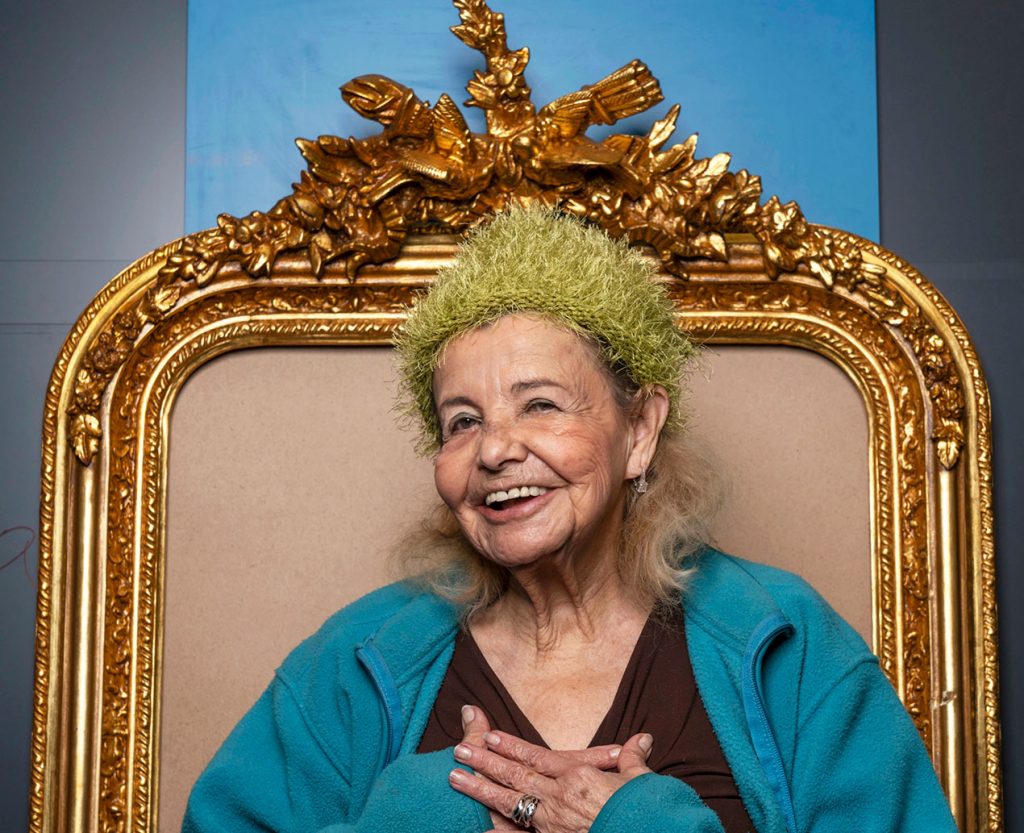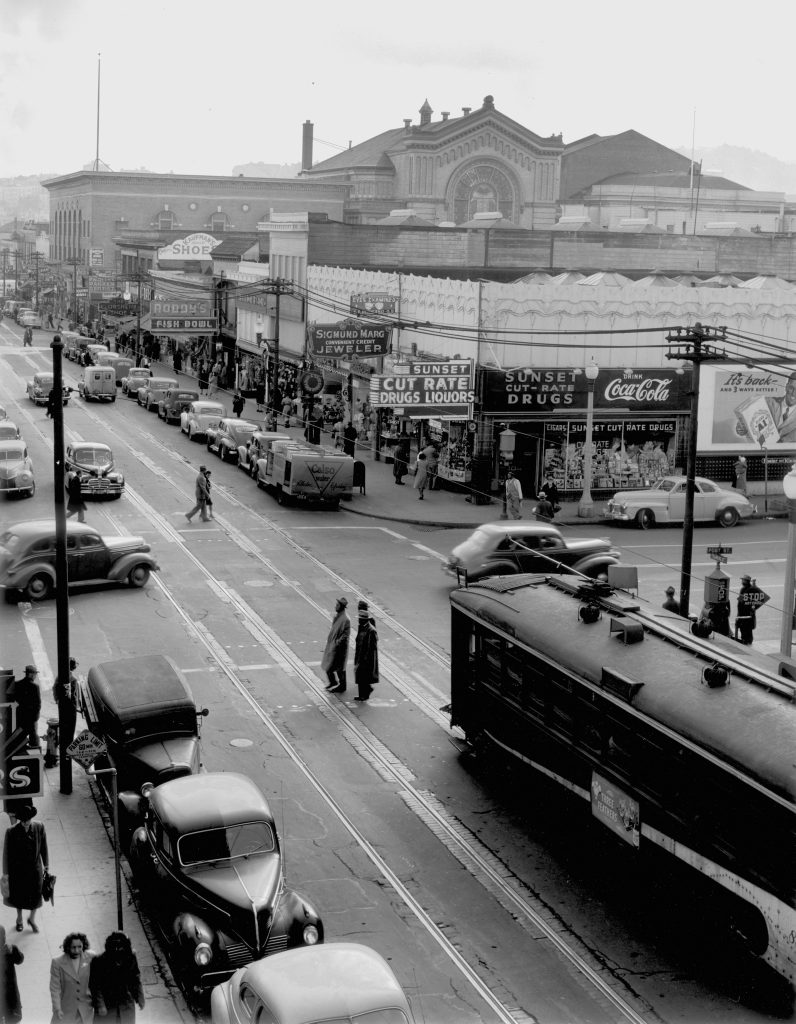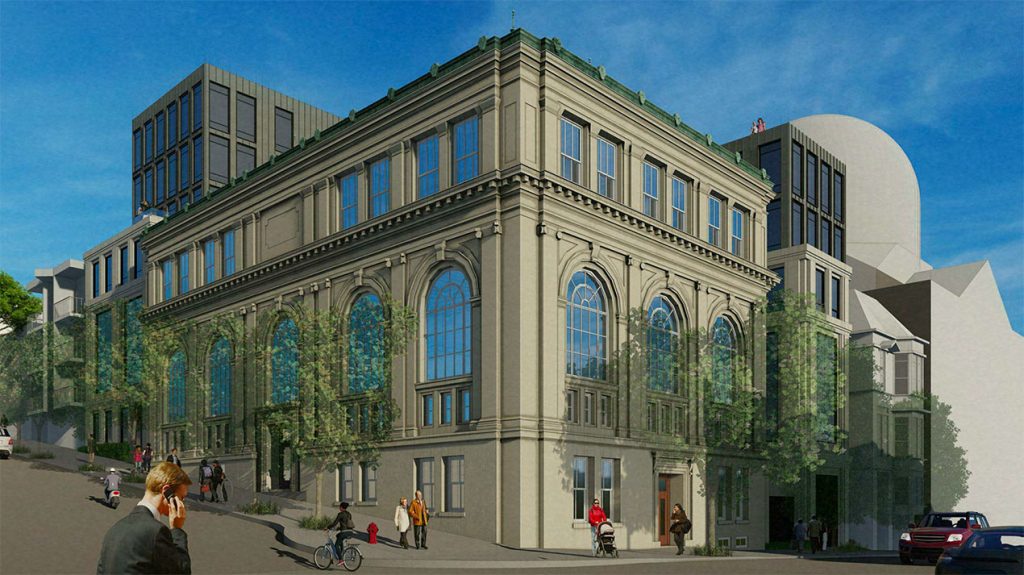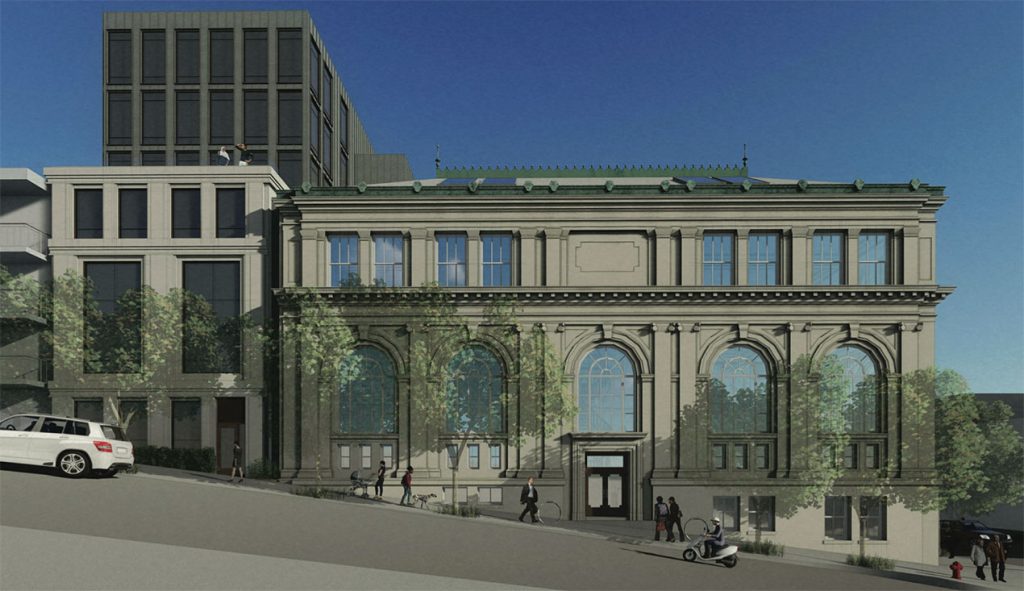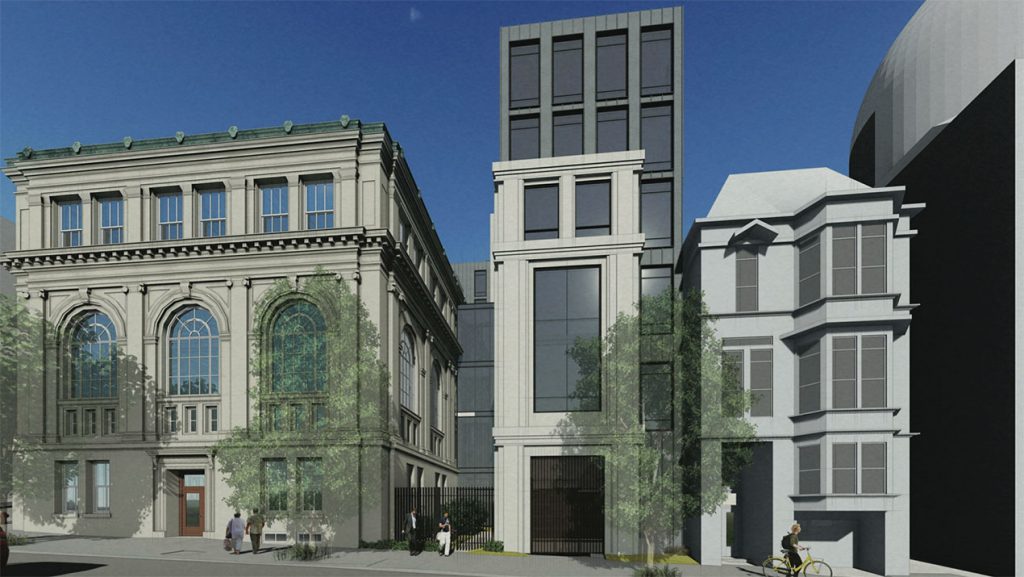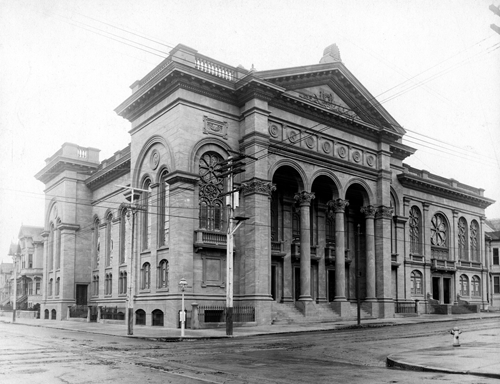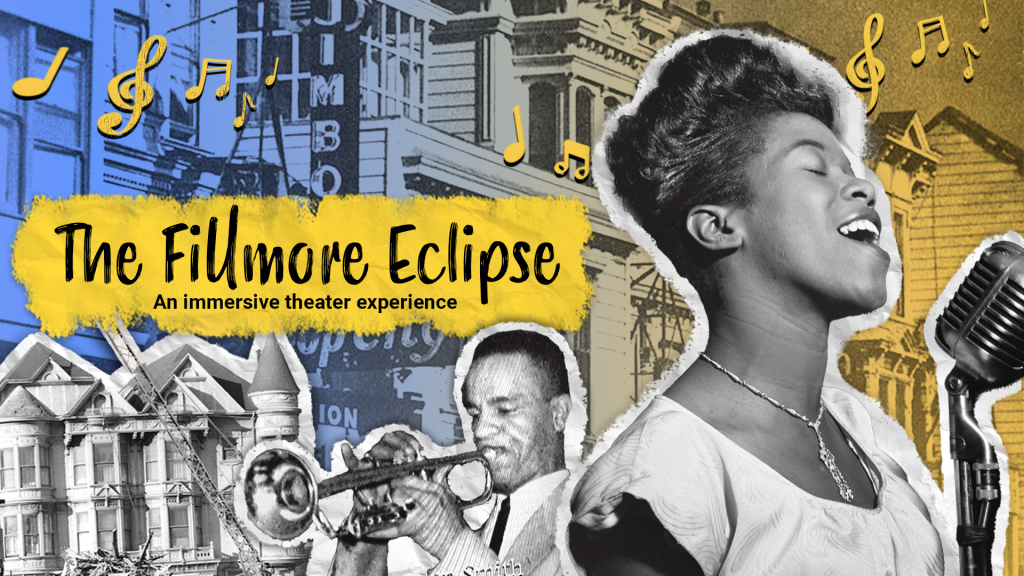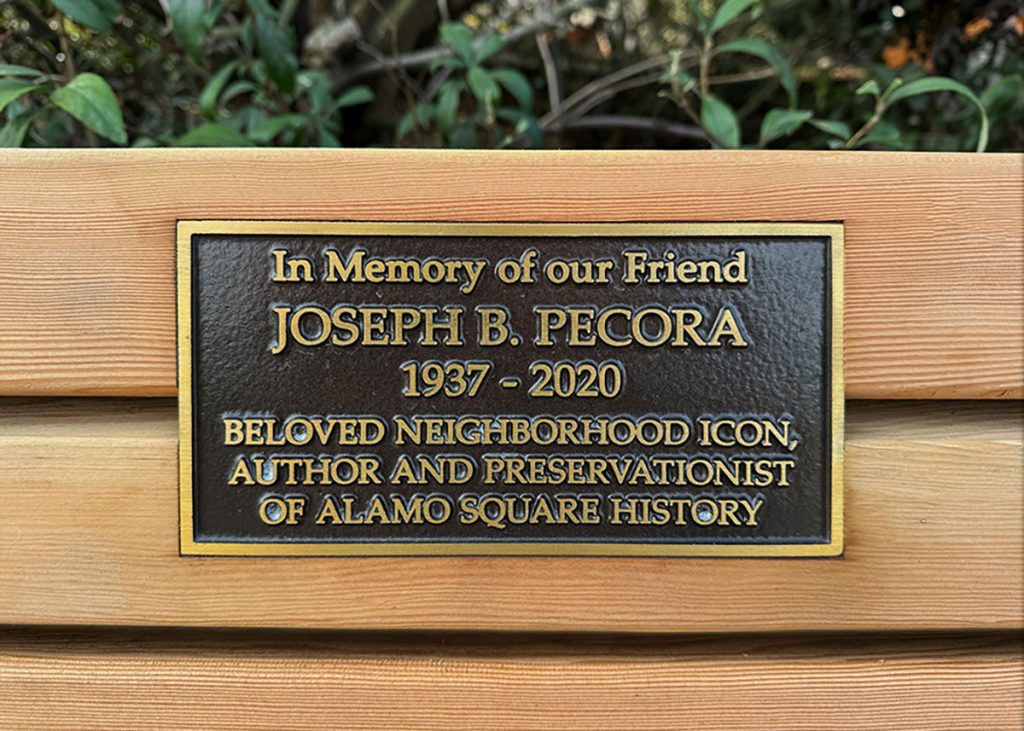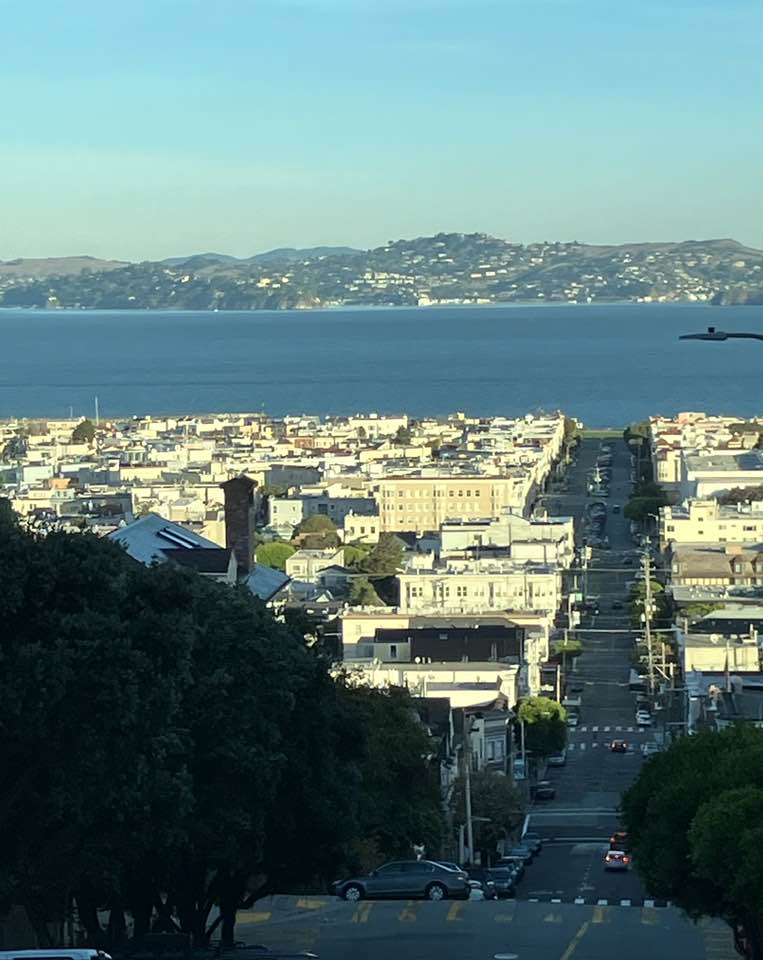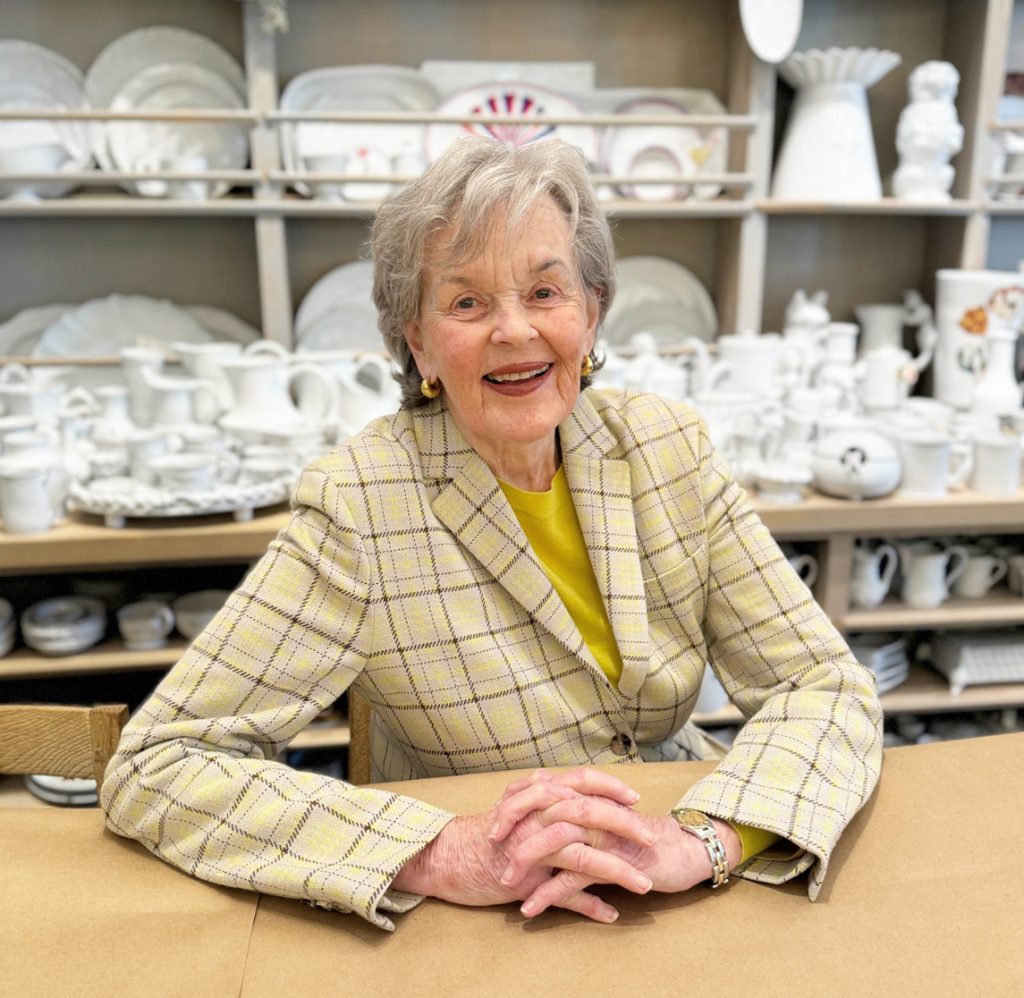
By CYNTHIA TRAINA
After more than four decades on Sacramento Street, luxury home goods retailer Sue Fisher King is moving her store to 1913 Fillmore Street. She will take over the storefront just south of Florio restaurant recently vacated by the wellness brand Saje.
Rather than retire, she is looking forward to a new chapter.
“Fillmore is a wonderful street with interesting stores,” King says. “It has a lot of activity and was the only viable location for us.” She adds with a smile: “And our staff is looking forward to all the new dining options.”
King looked at several locations on the street before selecting the corner of Fillmore and Wilmot. She is especially fond of the Victorian architecture on the block and its mix of interesting shops.
Embarking on the move as she prepares to celebrate her 45th year in business, she says: “The important thing is not to think about it. I’m just not someone who can be bored, and I still want to contribute. I need something concrete to do every day — and besides, everyone here is so nice to me.”
In fact, many of her core staff were hired straight out of San Francisco State University and some are still with her after 25 years. “I have been lucky to hire great people who are smart and contribute a great deal,” she says.
•
The Sue Fisher King crew is preparing for an early to mid-May opening. Remodeling is underway. Saje’s iconic green plant wall is gone, but the herringbone floors stay. The space’s interior arches are being modified to divide the store into three sections.
Shelves for her bestselling handmade ceramics from Astier de Villatte have already been installed. Those milky white ceramics were a brand she discovered in Paris in 1996 and launched into the U.S. market. Since then, the brand has expanded across the globe.
The store will also experiment with new inventory and will continue to collaborate with new artists. Sue Fisher King staples include handcrafted and traditional items, including handpainted porcelain from Richard Ginori and Marie Daage, Fortuny lighting, Porthault linens and glassware from Murano, Italy.
•
When she was 16, King’s parents insisted she had to find a job in her hometown of Portland. She went to work in retail and to her surprise fell in love with the variety of people she met on the job. After graduating from UC Berkeley, she joined the executive training program at Joseph Magnin, where she specialized in selling high-end home goods. Determined to share finds from her personal travels and visits to the studios of design world creatives, she opened Sue Fisher King in 1978 at 3067 Sacramento Street. The store quickly built a following for its refined and quality home goods, including a range of luxury tabletop items, decor accents, fine European bed and bath linens, handmade jewelry, furniture and unique gift items.
In addition to the retail store, Sue Fisher King has a thriving online business and a warehouse near Polk Street. The company is currently hiring sales associates for the new location.
Cynthia Traina is a longtime neighborhood resident and a real estate advisor with Vantage Realty.
Filed under: Retail Report | Leave a Comment »





